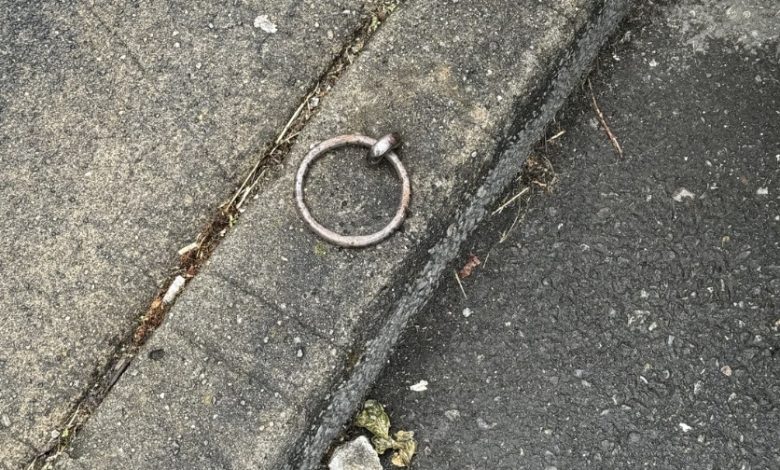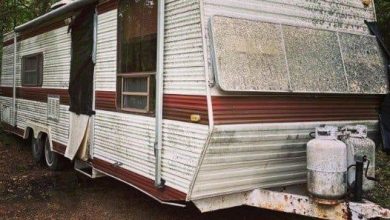
Uncover the Mysteries Underneath Our Pavements!
Imagine bustling streets of the 1800s, not with cars, but with a symphony of clopping hooves. Horses were the lifeblood of transportation, and evidence of their presence still lingers beneath our feet – the unassuming metal rings embedded in sidewalks. These aren’t just relics; they’re portals to a bygone era, whispering tales of a slower pace of life and a deep connection between humans and their equine companions.
Unlike the carefree summer days of the 60s, with kids on bikes and neighbors chatting, the 1800s were a time of bustling commerce. These rings, crafted from iron or brass, served a vital purpose. They were the parking spots of their day, allowing horse-drawn carriages to be tethered securely while their owners conducted business. While some reports suggest they may date back to the early 1900s [1], there’s no doubt they were once as ubiquitous as streetlamps.
Fast forward to Portland, Oregon, where these rings have become cherished testaments to the city’s history. Prior to the late 1970s, safety concerns led to their removal during sidewalk construction. However, a resident’s voice in 1978 sparked a change. Commissioner Connie McCready recognized their significance and allowed residents to request replacements for a nominal fee, preserving a tangible piece of Portland’s heritage.
But the value of these rings extends beyond mere functionality. They’re cultural touchstones, symbols of a time when life moved at a different rhythm. Their continued presence speaks volumes about Portland’s appreciation for its history and built environment. The rings are a testament to a bygone era where carriages navigated cobblestone streets, and communities were designed with horses in mind.
More recently, these rings have taken on a new life. A playful and artistic movement known as “The Horse Project” has sprung up. Started in 2005 in the Woodstock area, it involves attaching miniature horses to the rings, transforming them into interactive works of art. This whimsical project breathes new life into these historic artifacts, sparking conversations about the city’s past and fostering a sense of community pride.
Gazing upon a horse ring is akin to stepping back in time. It evokes a sense of nostalgia for simpler times, reminding us of the unique character of the places we call home. These rings transcend their physical form; they are silent witnesses to a bygone era, a reminder of a gentler pace and a time when communities thrived.
These unassuming metal circles are more than just remnants of the past; they’re threads woven into the fabric of our urban landscape. They embody the positive aspects of tradition, showcasing how a community can embrace its history while creating a space for whimsy and community spirit. The preservation of these rings fosters a deeper connection to the past, allowing us to understand the city’s evolution and feel a stronger sense of belonging.
Imagine the scene: the sun dips below the horizon, casting long shadows across Portland’s historic streets. You spot a small iron ring embedded in the pavement. As you pause, a faint echo of hoofbeats and hushed voices from eras past seem to emanate from the ground. These unassuming rings are gateways to the past, allowing us to glimpse the events that shaped our city and the world around us. So next time you see a horse ring, take a moment to ponder the stories it whispers, for within its silent form lies a vibrant tapestry of Portland’s history.




